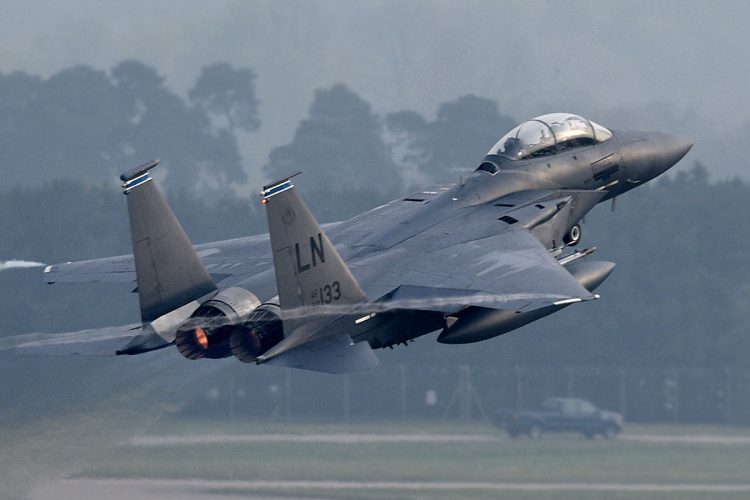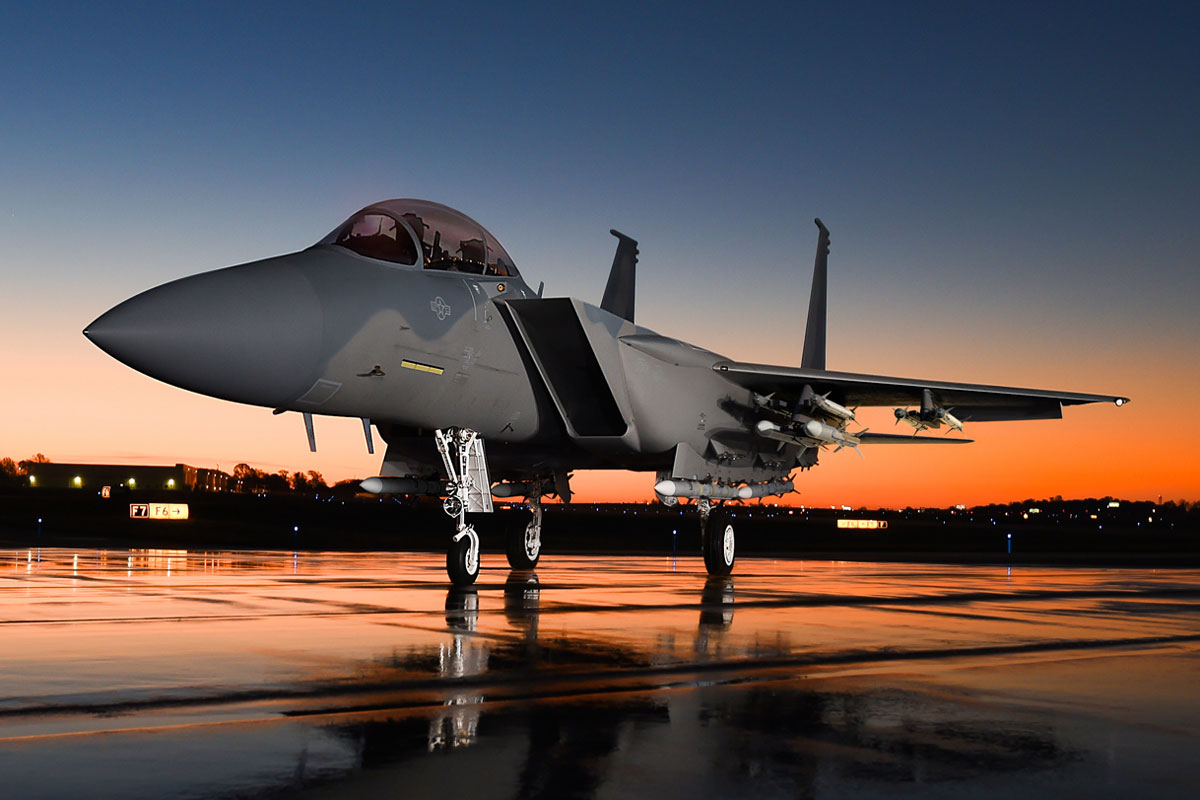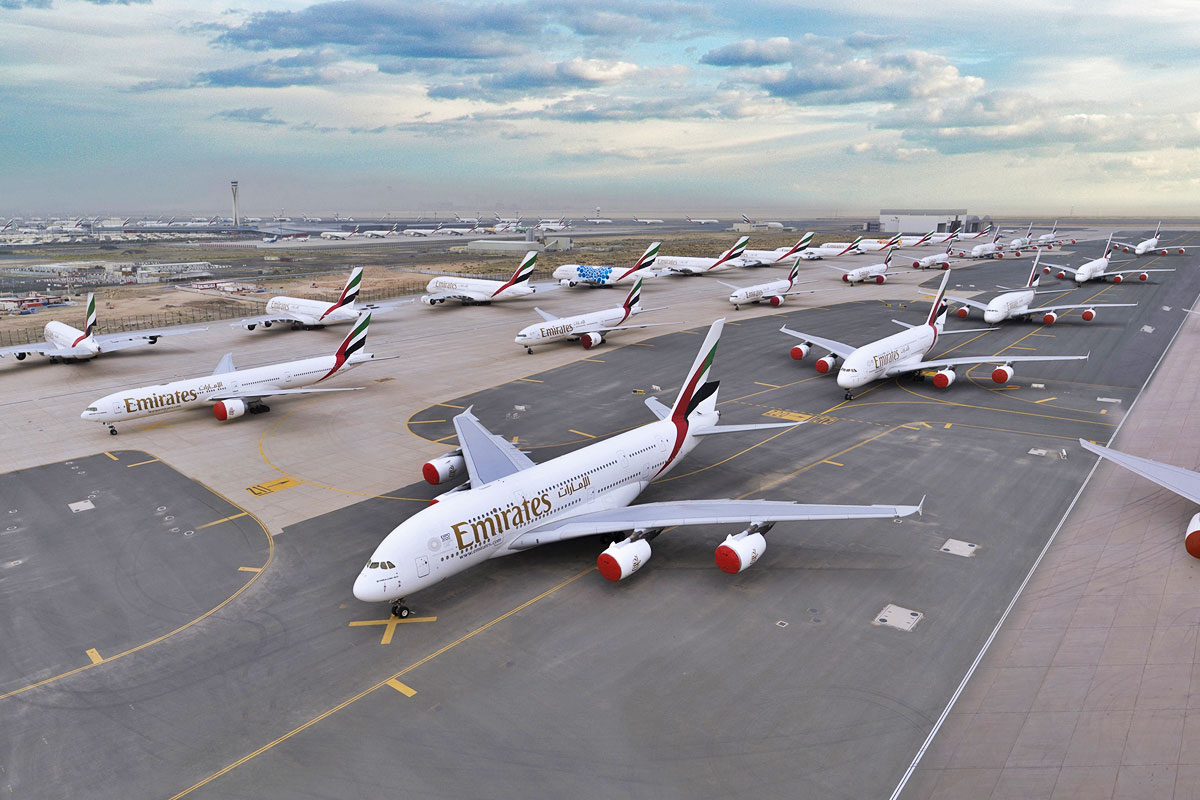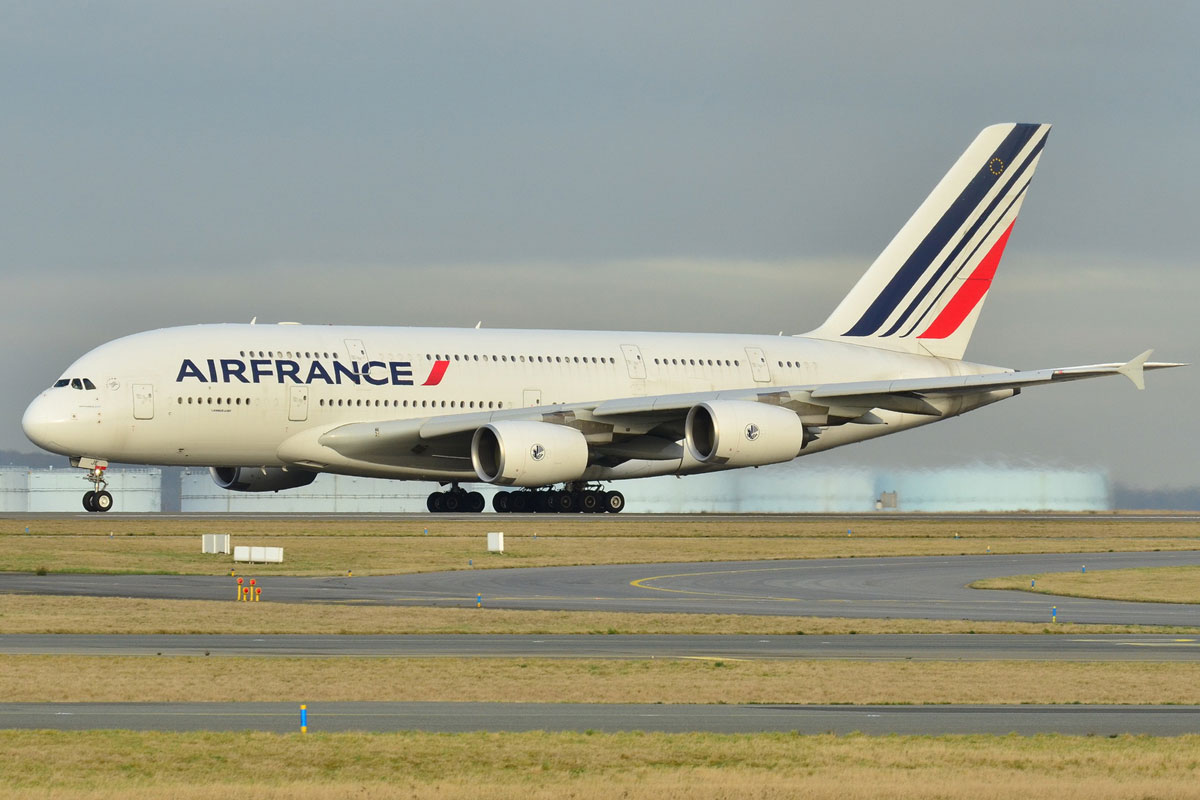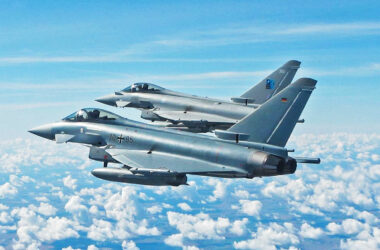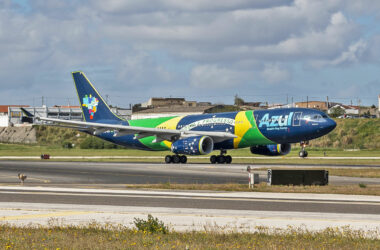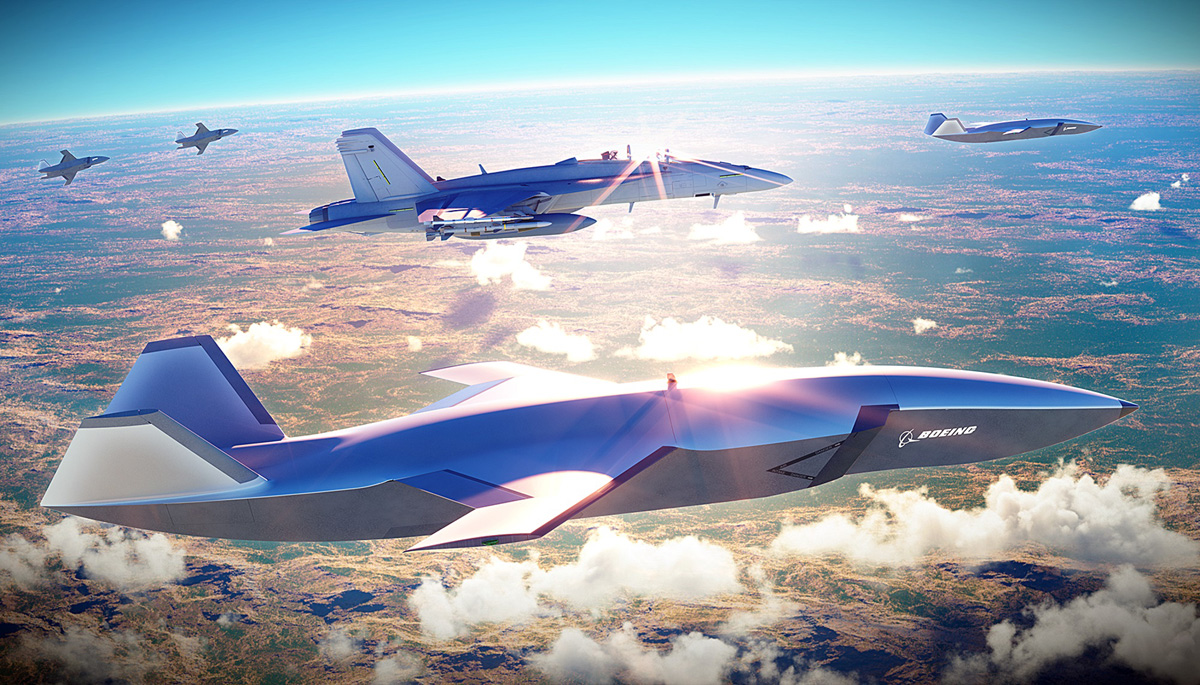The past few days have not been a good one for the U.S. Air Force. Its two most modern fighters have experienced setbacks that add to the list of unpleasantness with the billionaire programs launched by the Pentagon. An F-35A was lost when it landed at Eglin Air Force Base on May 19 while an F-22 was lost four days earlier on a training mission – both pilots safely ejected.
If it was a relief to preserve lives on the financial side it meant huge losses for the USAF after all the two stealth fighters are quite expensive – the F-35A costs almost $80 million while the Raptor can reach more than $300 million.
It came when the Air Force is placing an order for 8 Boeing F-15EX fighters. Developed by McDonnell Douglas in the early 1970s, the Eagle aircraft has been in service with the USAF since 1974 and continues to be a major asset in the country’s air arsenal.
Despite not delivering any more F-15s to the US since 2001, Douglas (and later Boeing) continued to improve and sell it to other nations. A proof that the fighter is able to receive improvements and remain relevant even after almost 50 years of the first flight.
Replacement for the old Eagle
The USAF order is still small, but can be expanded to 144 aircraft. Although not as affordable, the F-15EX is much cheaper than the F-22, priced at $138 million, but with an unmatched capacity to carry up to 22 missiles and almost 30,000 pounds of payload.
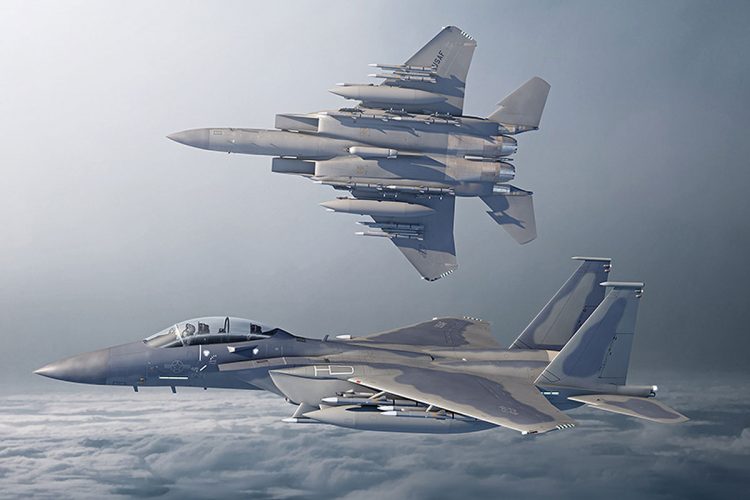
The aim is for the revitalized fighter to take the place of the F-15C/D used today. The USAF operates 235 units of the old Eagle that have a very low accident rate per hour flown, proof of the aircraft’s reliability. “Complementing other aircraft, the F-15EX enhances the air combat capabilities of the fleet to ensure the U.S. remains ahead of current and emerging threats,” says Boeing on the fighter’s hotsite.
Although it still has the well-known silhouette, the F-15EX is a fighter quite different from the first Eagle. Boeing equipped it with a powerful mission computer, new cockpit displays, a digital backbone, and the Eagle Passive Active Warning Survivability System (EPAWSS).
Lowest cost per flight hour
The decision to choose an aircraft that was designed half a century ago reinforces the impression that the expensive programs that gave rise to the F-22 and F-35 fighters did not meet the requirements of the USAF.
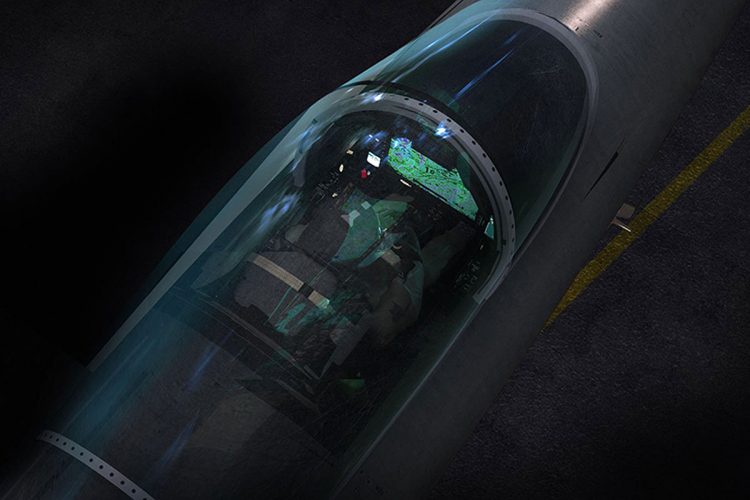
Not to mention the long development of both, the fighters introduced stealth technology as a differential, but which made maintenance and operation expensive and complex. So much so that the US government recently admitted not having a high availability of the two fighters.
It is precisely in this sense that the F-15EX has become an interesting option. In addition to being much more capable, it is also a more affordable aircraft, although it does not enjoy the stealth characteristics of the new planes. However, even this aspect has become questionable. The F-22, for example, has been tracked by Venezuela’s air defense, despite its alleged “invisibility” to radars.
